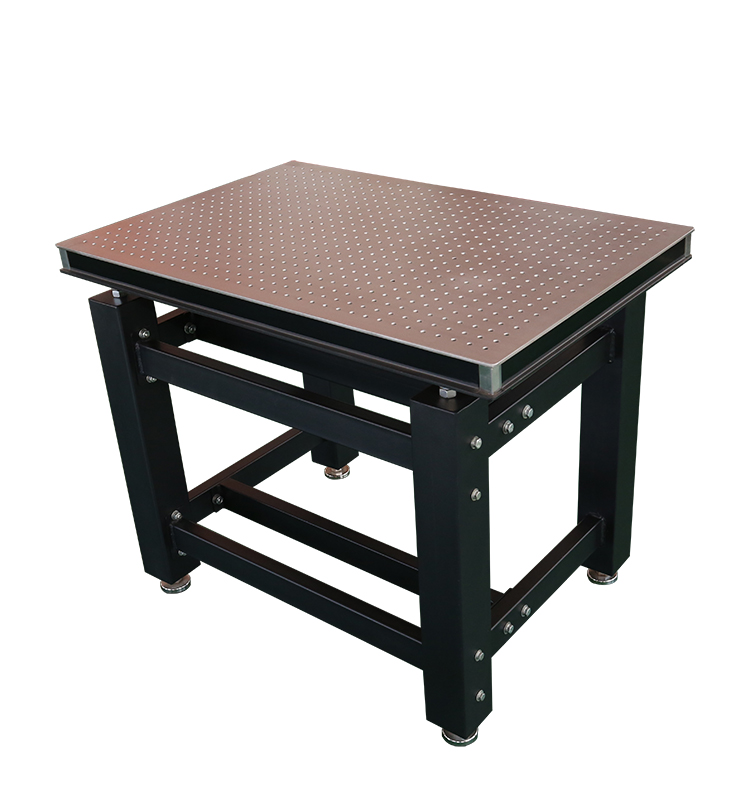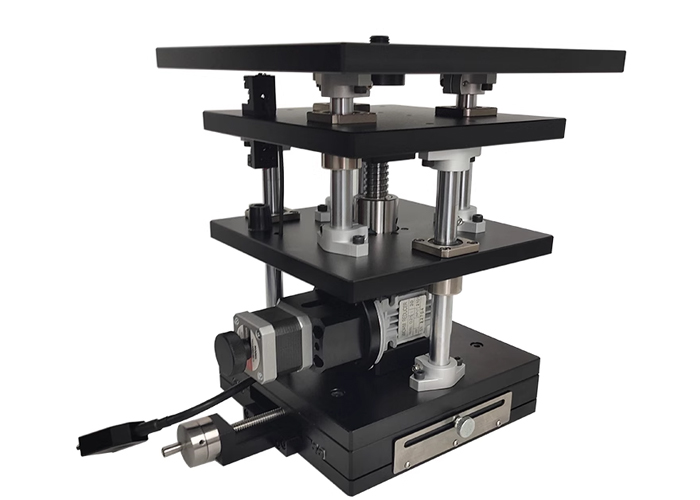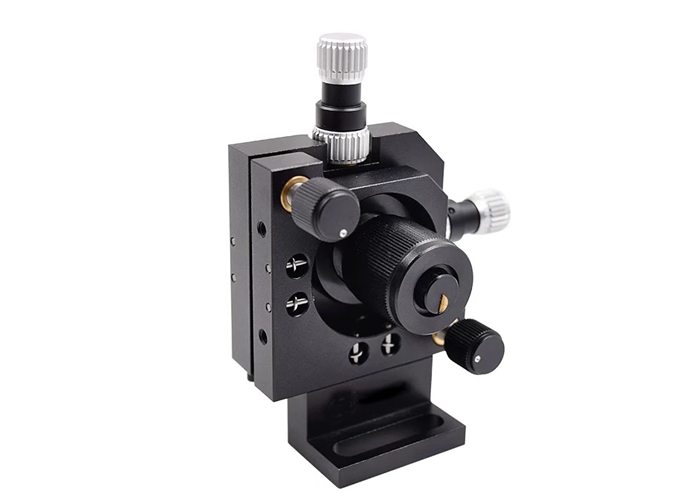Optical Table Test Method
Pulished on Jul. 06, 2018
The most important characteristic of a damped Optical Table or breadboard is its resonant frequency. The resonant frequency and amplitude are negatively correlated, so the resonant frequency should be increased as much as possible to minimize the vibration intensity. The platform and breadboard vibrate in a specific frequency range. To improve performance, the damping of each size platform and breadboard needs Precise Electric Rotating Machine Factory to be optimized.
Platform damping requires various tests to optimize its thickness/area ratio. Larger platforms (with a side length of at least 10 feet or 3 meters) have a standard thickness of 12.2 inches (310 mm) for improved stability. For smaller area platforms, the thickness can be 8.3 inches (210 mm) or 12.2 inches (310 mm), or larger sizes can be customized.
The most widely used vibration response transfer function for a compliance optical platform is compliance. In the case of a constant (static) force, compliance can be defined as the ratio of linear or angular misalignment to applied external force. In the case of dynamically varying forces (vibrations), compliance can be defined as the ratio of the stimulated amplitude (angle or linear misalignment) to the amplitude of the vibrational force. Any deflection of the platform can be manifested by changes in the relative position of the components mounted on the surface of the platform. Therefore, by definition, the smaller the compliance value, the closer the optical platform is to the primary goal of the design: to minimize deflection. Flexibility is frequency dependent and its unit of measure is the amount of misalignment (m/Newton) without unit force.
Measurement method: A measured external force is applied to the surface of the platform or the breadboard using a pulse hammer, and a sensor is attached to the surface of the platform or the breadboard to measure the resultant vibration.














